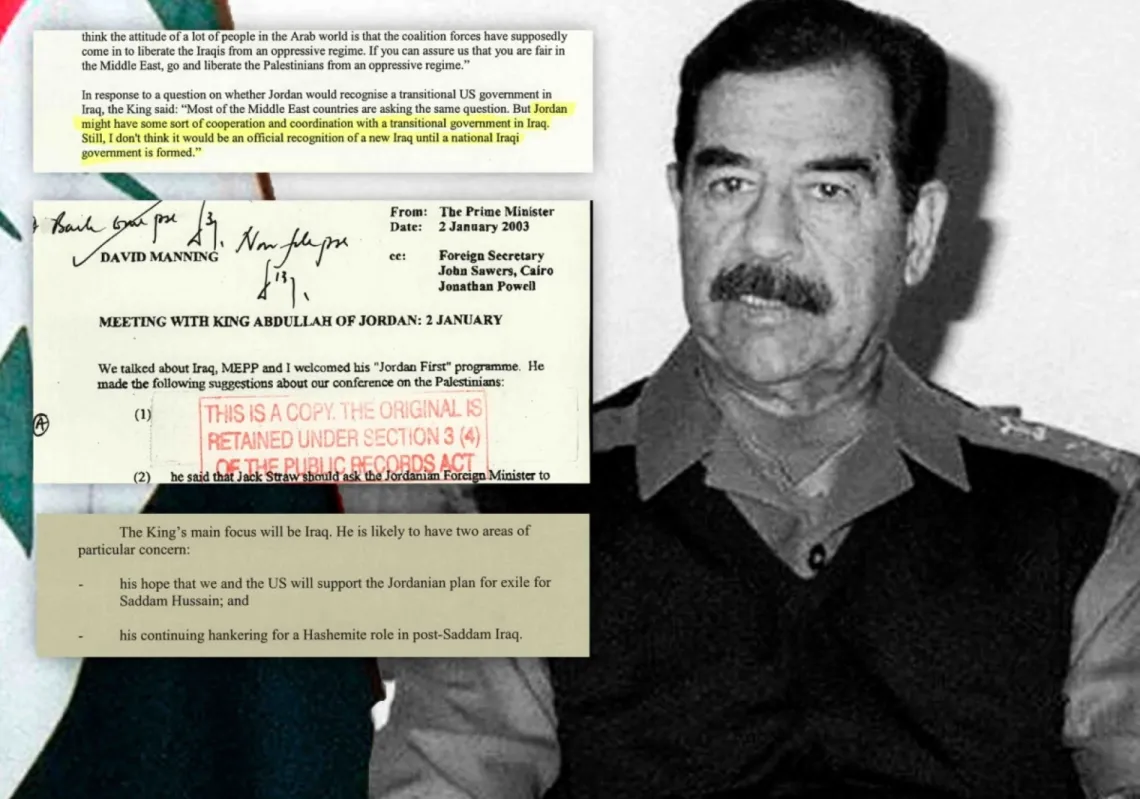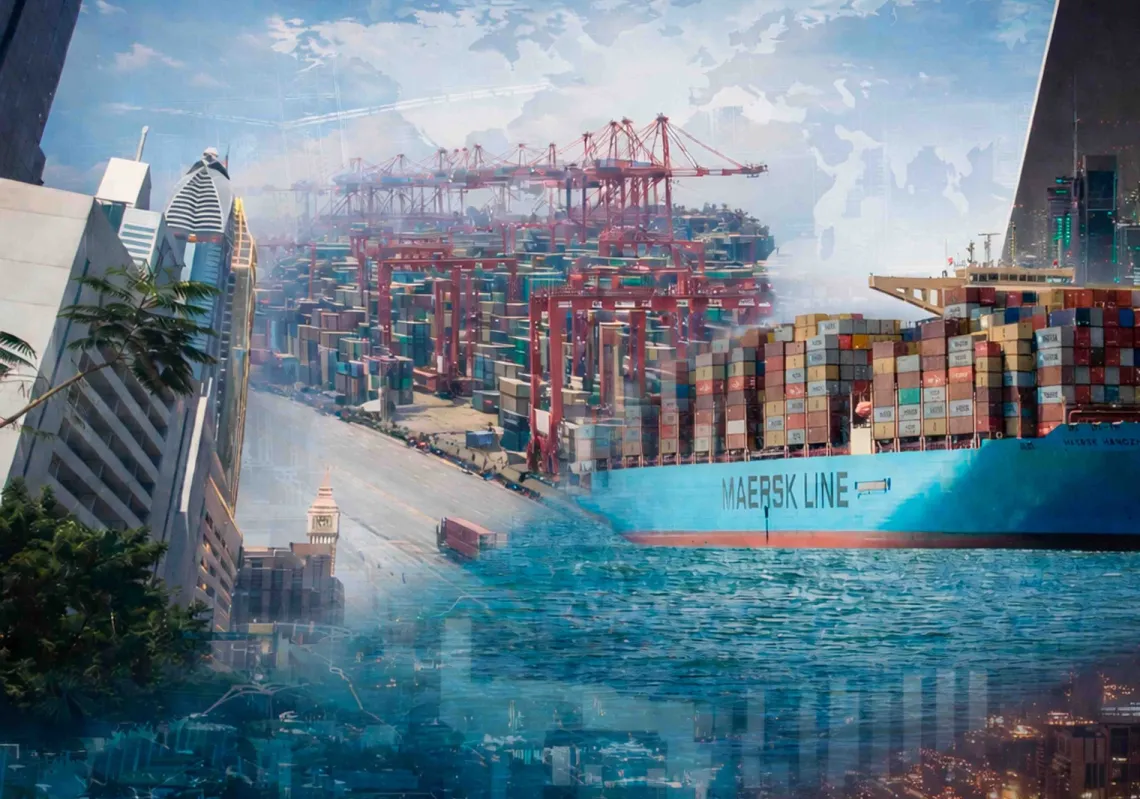Ocean freight shipping rates are set to increase further in early February amid the ongoing Red Sea crisis. According to the Xeneta ocean freight rate benchmarking platform, market average short-term rates from the Far East to the Mediterranean are set to increase to $6,507 per FEU.
Meanwhile, rates from the Far East to Northern Europe are set to increase to $5,106 per FEU, and rates from the Far East to the US East Coast are set to rise to $6,119 per FEU. This is an increase of 243%, 235%, and 146%, respectively, since the Red Sea crisis escalated in mid-December.
Peter Sand, Xeneta's Chief Analyst, said carriers are trying to readjust services to compensate for the additional sailing time around the Cape of Good Hope. For example, they are cutting journeys short and increasing sailing speed.
He added that “the Red Sea crisis is causing a capacity rather than a demand issue, as we saw during the pandemic. The massive uncertainty in the market has brought imbalance and instability.”
Why is this happening?
Houthi militants in Yemen have said they would go after Israeli-owned or flagged ships in the Red Sea in a bid to pressure Israel to end its bloody war on Gaza. Since then, the US and UK have carried out strikes on Houthis in Yemen, and, in response, the militants are now going after US and UK cargo ships as well.
With providers reluctant to cover insurance costs on ships passing through the crucial global shipping lane, most maritime traffic has opted to take the long journey around the South African Cape of Good Hope instead, adding extra fuel costs and driving up prices of goods.









